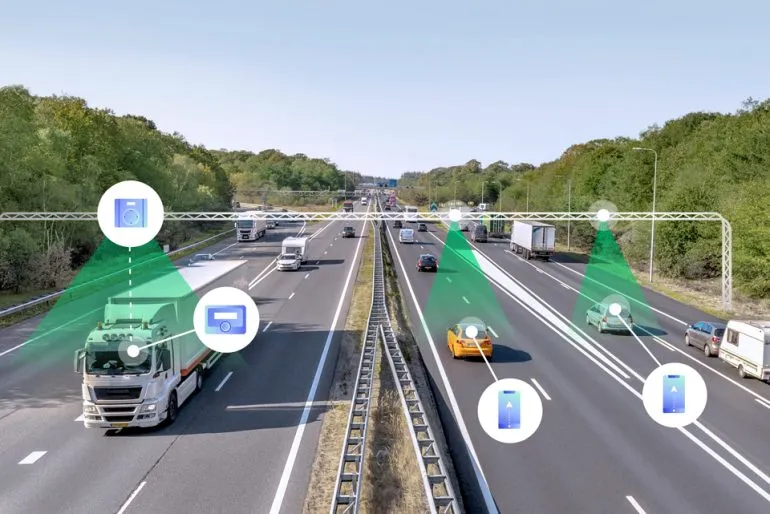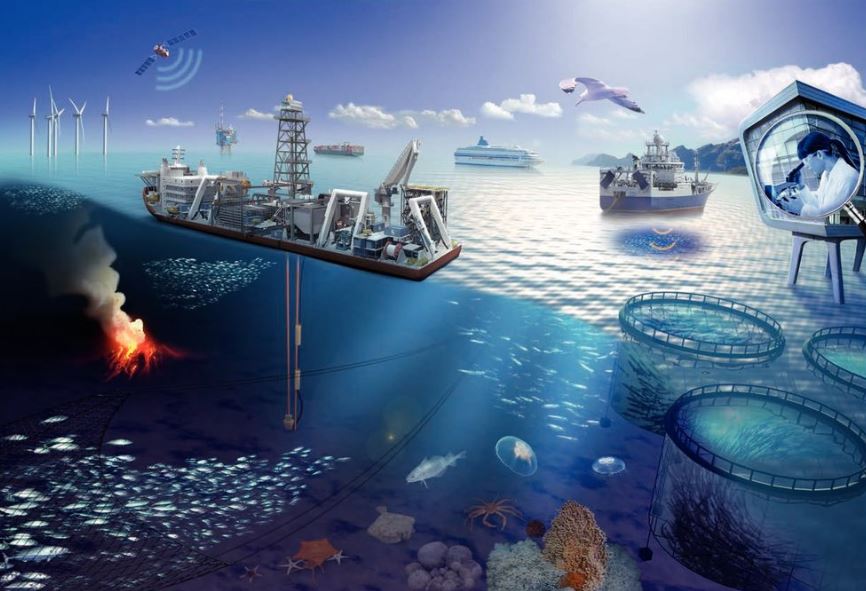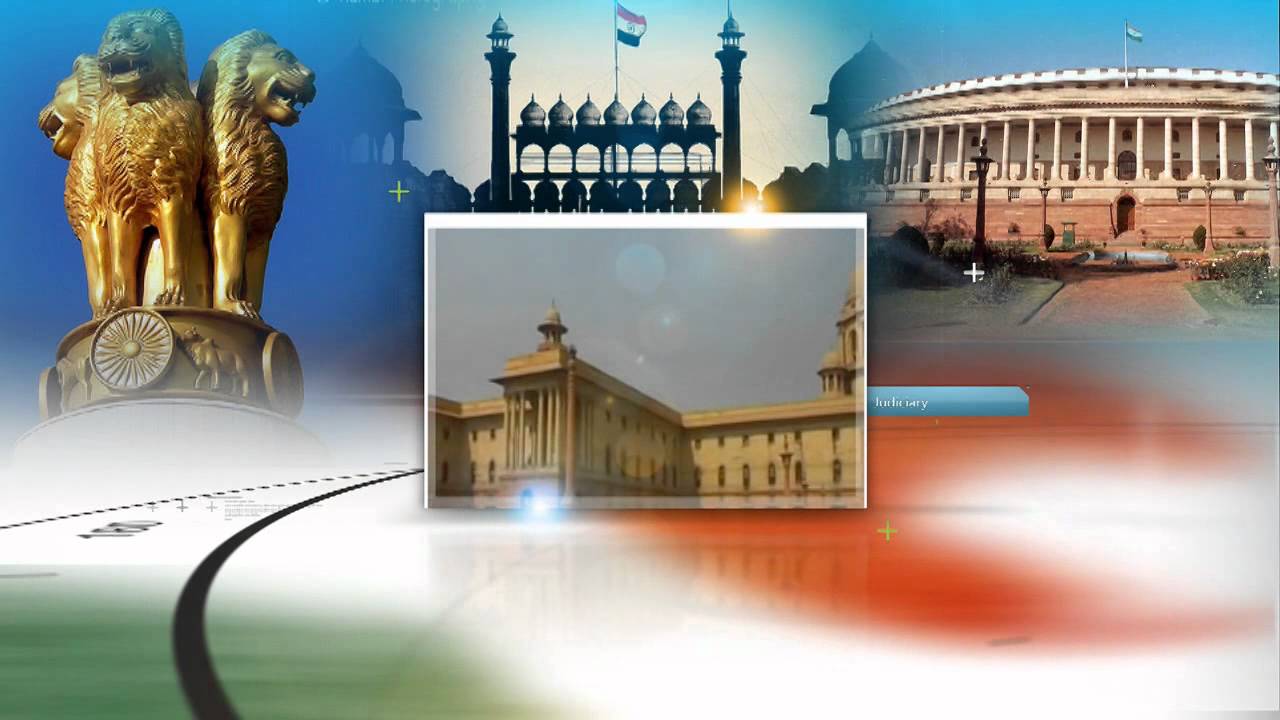Font size:
Print
Iran’s Uranium Enrichment Row: Geopolitical Implications and Diplomatic Dimensions
Iran says its right to uranium enrichment is ‘not negotiable’
Context: Iran’s Foreign Minister Abbas Araghchi recently asserted that uranium enrichment is “non-negotiable”, a key stance ahead of nuclear negotiations with the United States. The comments were made in the backdrop of renewed US-Iran indirect talks, with mediation by Gulf and European nations, focusing on Tehran’s controversial nuclear programme.
Background of the Dispute
- The 2015 Joint Comprehensive Plan of Action (JCPOA) allowed Iran limited enrichment at 3.67% purity, far below the weapons-grade level of 90%.
- The US unilaterally withdrew from the JCPOA in 2018 under President Trump, reimposing sanctions on Iran.
- Since then, Iran has increased enrichment levels to 60%, prompting fresh concerns about its nuclear ambitions.
Current Developments
- Recent Talks and Shifting Venues
- First round of indirect US-Iran talks held in Oman on April 12, 2025.
- Described as “positive and constructive” by both sides.
- Second round scheduled for April 19, 2025, shifted from Oman to Rome, triggering criticism from Iran about the “goalpost being moved.”
- Iran’s Stance
- Foreign Minister Abbas Araghchi declared:
- Iran’s right to enrich uranium is non-negotiable.
- Iran is open to building trust by addressing international concerns.
- However, Iran will not agree to dismantle its nuclear infrastructure.
- Foreign Minister Abbas Araghchi declared:
- U.S. Position
- Special envoy Steve Witkoff demanded:
- Iran must “stop and eliminate” its enrichment program.
- Earlier stated a return to the 3.67% cap might be acceptable, later retracted.
- U.S. President Donald Trump reiterated:
- “Iran cannot have a nuclear weapon.”
- Threatened “very harsh” military action if talks fail.
- Special envoy Steve Witkoff demanded:
- International Observations
- The IAEA reported Iran has 274.8 kg of uranium enriched up to 60%.
- Western powers claim enrichment at this level has no civilian purpose and edges closer to weaponisation.
- Tehran has refused U.S. proposals to transfer enriched uranium to a third country (e.g., Russia).
Geopolitical and Strategic Implications
- Risk of Escalation
- Trump’s “maximum pressure” campaign and military threats increase chances of conflict escalation.
Iran’s Diplomatic Maneuvering
- Iranian delegation using Russia as a counterbalance:
- Araghchi delivered a message from Supreme Leader Khamenei to President Putin.
- Aimed at building strategic trust and countering U.S. pressure.
- Iran’s Foreign Ministry compares venue shift to “moving the goalpost”, terming it a “professional error”.
Role of External Actors
- IAEA’s Role
- Director General Rafael Grossi expected to attend Rome talks.
- Continued IAEA inspection is crucial to maintain transparency and verification.
- Italy as a Neutral Venue
-
- Italian Foreign Minister Antonio Tajani confirmed the Rome talks, and clarified Italy is merely a “bridge for peace”, not a participant.
- Iran’s proximity to weapon-grade enrichment may prompt pre-emptive strategies by adversaries like Israel.
- Middle East Stability
- Iran is a key player in regional power dynamics.
- A nuclear-armed Iran could trigger an arms race in the Middle East, undermining regional security.
- Diplomatic Challenges
- The contradictory positions from U.S. officials (Witkoff’s shifting stance) raise doubts about American credibility and negotiation consistency.
- Iran demands “constructive positions” to continue talks; otherwise, dialogue may collapse.
Way Forward
- A revival of the JCPOA framework with updated safeguards may provide a path to sustainable compromise.
- All parties must avoid military escalation, and instead pursue multi-party dialogue involving IAEA and neutral states.
- Global non-proliferation regimes need to be reinforced through consensus-driven diplomacy, not coercion.
Conclusion
- The non-negotiability of uranium enrichment has become Iran’s diplomatic red line. The future of nuclear diplomacy with Iran hinges on:
- Whether the U.S. adopts a coherent negotiation strategy,
- If Iran agrees to transparency and confidence-building, and
- Whether global powers can de-escalate tensions while preserving non-proliferation norms.


